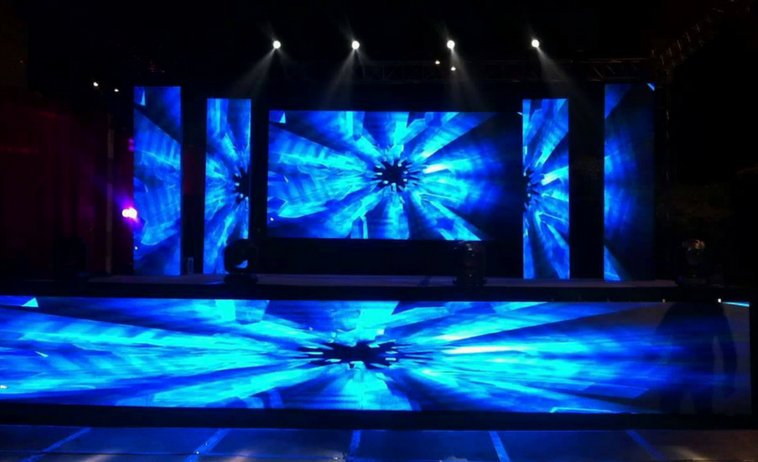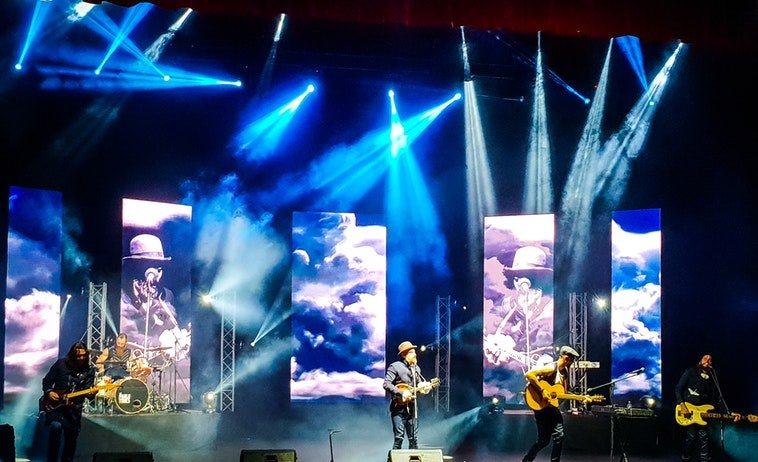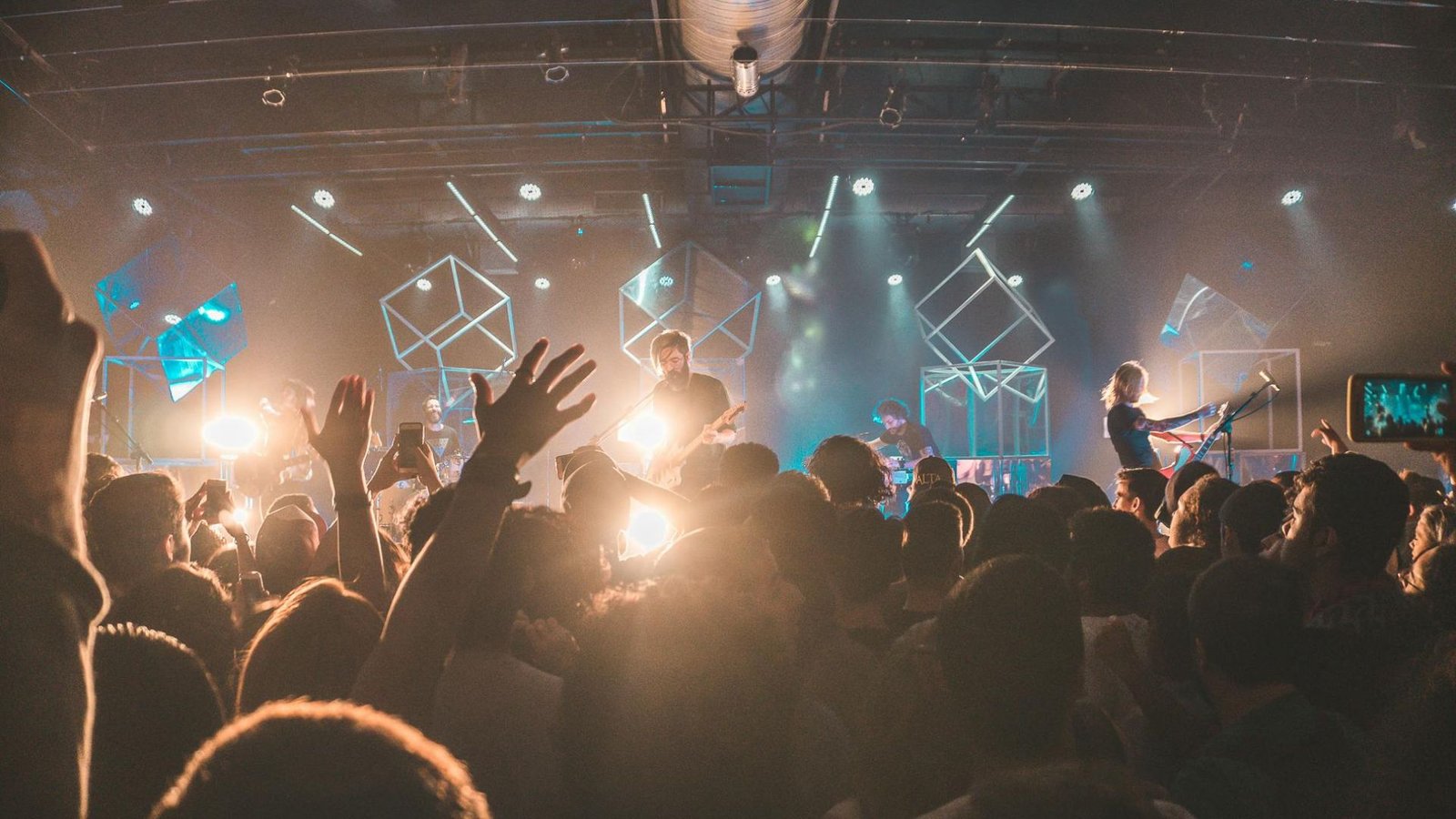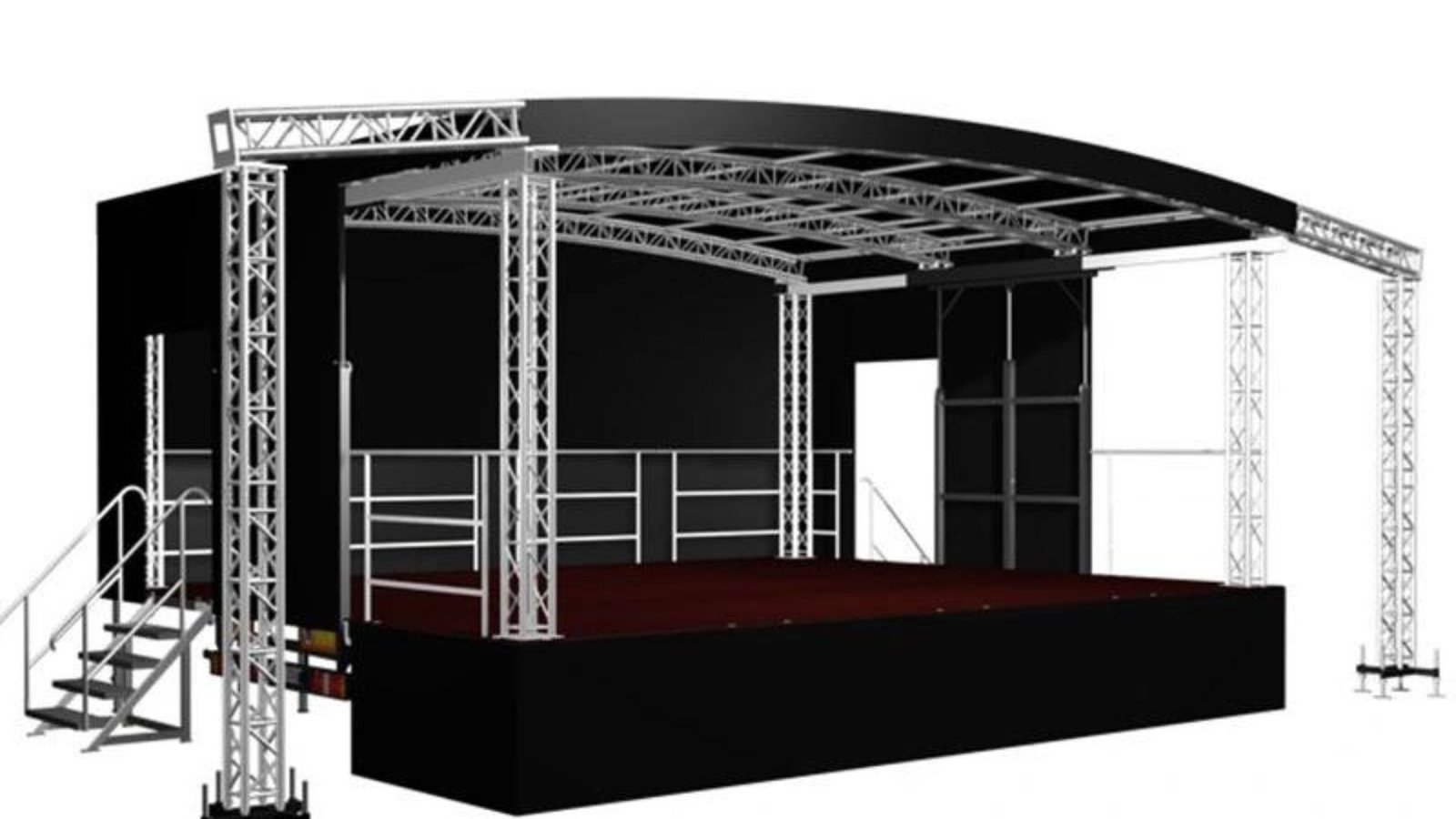One of the most prominent trends in stage design is the integration of advanced technology. Modern productions increasingly utilize digital projections, LED screens, and augmented reality to enhance visual storytelling. For instance, digital projections can create dynamic backgrounds and immersive environments, while LED screens provide vibrant and adaptable visuals. Augmented reality can further elevate the experience by adding interactive elements that engage the audience in real-time. By integrating these technologies, designers can push the boundaries of traditional stagecraft, creating more visually stunning and interactive performances that captivate audiences.

Emphasis on Sustainability
Another significant trend in stage design is the emphasis on sustainability. As environmental concerns grow, many productions are adopting eco-friendly practices to reduce their carbon footprint. This trend includes using recycled or repurposed materials for set construction, implementing energy-efficient lighting, and minimizing waste through modular and reusable set pieces. For example, some designers are opting for sustainable materials like bamboo or recycled plastics, while others are using LED lighting to cut down on energy consumption. By prioritizing sustainability, stage designers not only contribute to environmental conservation but also align their work with contemporary values and practices.
Minimalist Design Aesthetics
Minimalist design aesthetics have also become a notable trend in stage design. This approach focuses on simplicity, using fewer elements to achieve a strong visual impact. Minimalist designs often feature clean lines, understated props, and a restrained color palette, allowing the performance and characters to take center stage. For instance, a minimalist set might use a few key props and a simple backdrop to suggest various locations or moods. This trend emphasizes the power of simplicity, demonstrating how less can be more in creating effective and engaging stage environments. By adopting minimalist aesthetics, designers can craft elegant and impactful settings that enhance the overall performance.
Interactive and Immersive Experiences
Interactive and immersive experiences are increasingly popular trends in stage design. These approaches aim to engage the audience more deeply by making them active participants in the performance. Techniques such as interactive set elements, audience participation, and immersive environments allow viewers to influence or interact with the performance in real-time. For example, a stage might feature interactive props that the audience can manipulate or explore, or an immersive environment where viewers can walk through and discover different aspects of the story. By creating interactive and immersive experiences, designers can foster a more engaging and memorable connection between the audience and the performance.
Hybrid Stage Designs
Hybrid stage designs represent another growing trend, combining elements of both traditional and contemporary stagecraft. This trend blends classic design principles with modern technologies and materials, creating unique and innovative environments. For example, traditional scenic techniques might be integrated with digital projections or modern lighting systems to create a rich and multifaceted stage experience. Hybrid designs can also involve combining different visual styles or cultural influences to add depth and complexity to the stage environment. By embracing hybrid designs, stage designers can create diverse and visually captivating settings that resonate with a wide range of audiences.
Adaptable and Modular Set Pieces
Adaptable and modular set pieces have become increasingly popular in stage design, offering flexibility and versatility for different performances. Modular designs allow for easy reconfiguration of set elements to suit various scenes or production needs. For example, movable platforms, interchangeable backdrops, and adjustable props can be rearranged or repurposed to fit different requirements. This trend supports efficient scene transitions and creative experimentation, enabling designers to create dynamic and adaptable stage environments. By incorporating adaptable and modular set pieces, designers can enhance the functionality and flexibility of their stage designs, accommodating a variety of performance styles and needs.
Exploration of Non-Traditional Spaces
Exploring non-traditional spaces is another exciting trend in stage design. This approach involves using unconventional venues or transforming unexpected locations into performance spaces. For instance, designers might stage a production in an abandoned warehouse, outdoor park, or historic building, creating a unique and immersive setting that enhances the storytelling. By utilizing non-traditional spaces, designers can break away from conventional stage setups and offer audiences a fresh and engaging experience. This trend encourages creativity and innovation, pushing the boundaries of where and how performances can be presented.
Conclusion
The trends in stage design reflect the evolving landscape of modern theater and performance. Integration of advanced technology, emphasis on sustainability, and minimalist design aesthetics are shaping contemporary stagecraft. Interactive and immersive experiences, hybrid stage designs, and adaptable set pieces offer new ways to engage audiences and enhance performances. Additionally, the exploration of non-traditional spaces brings fresh and innovative approaches to stage design. By embracing these trends, designers can create compelling and dynamic stage environments that captivate and inspire audiences, pushing the boundaries of what is possible in theatrical design.




